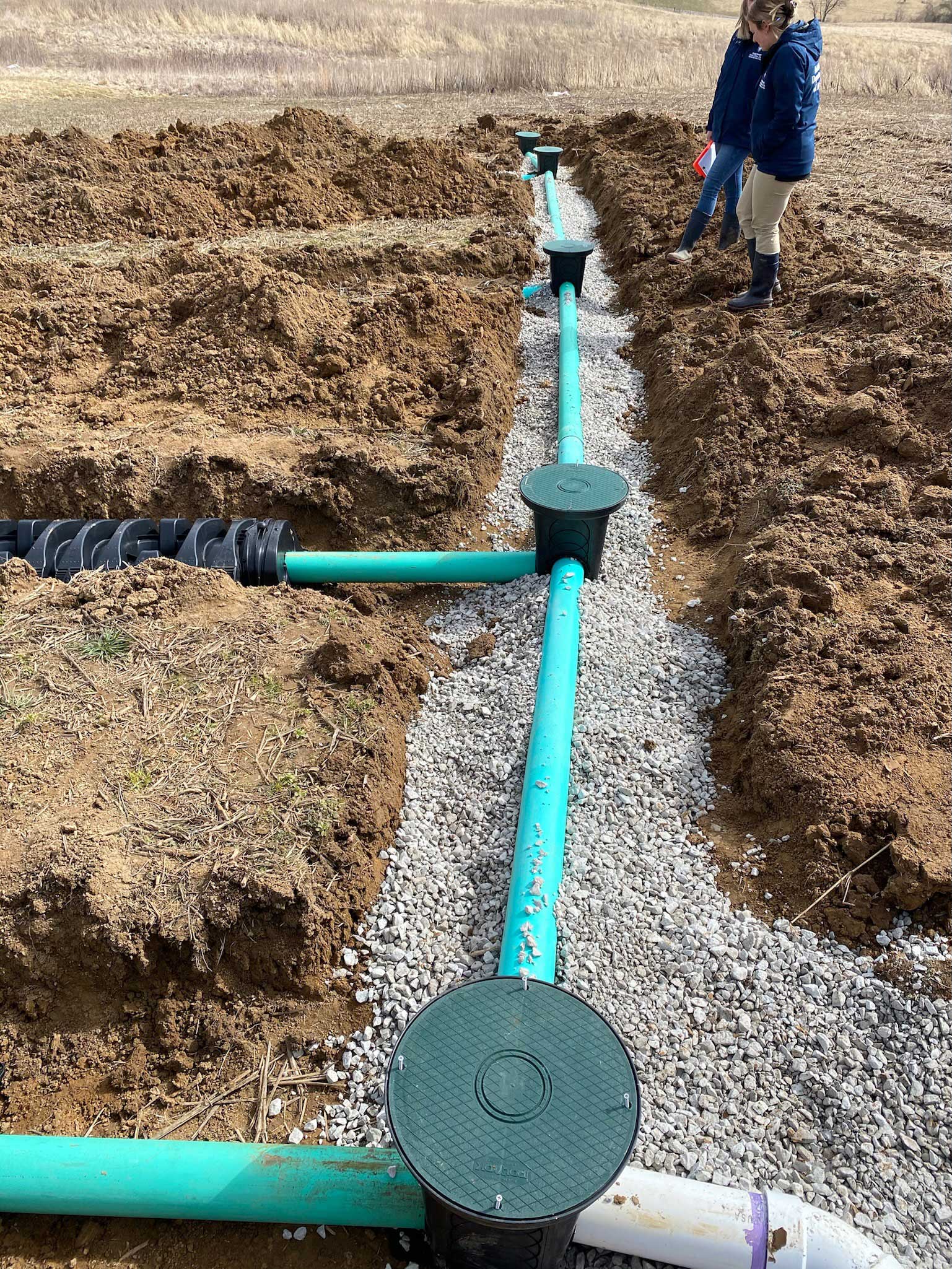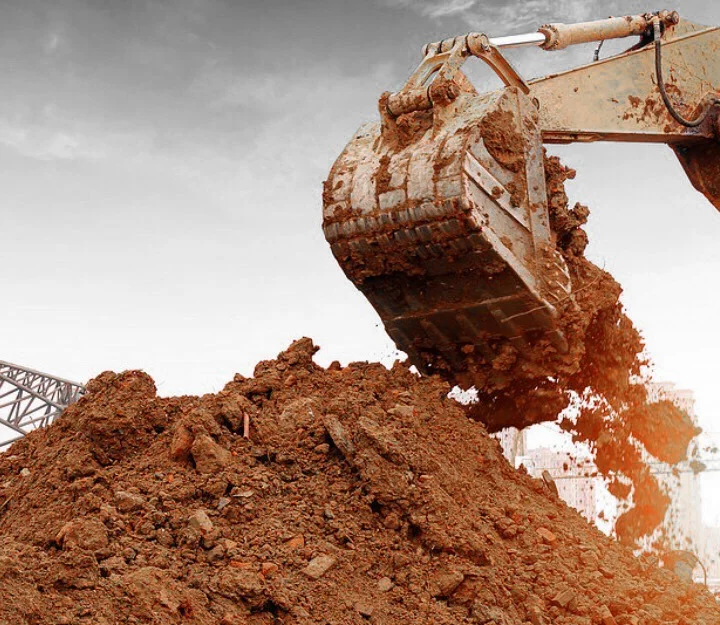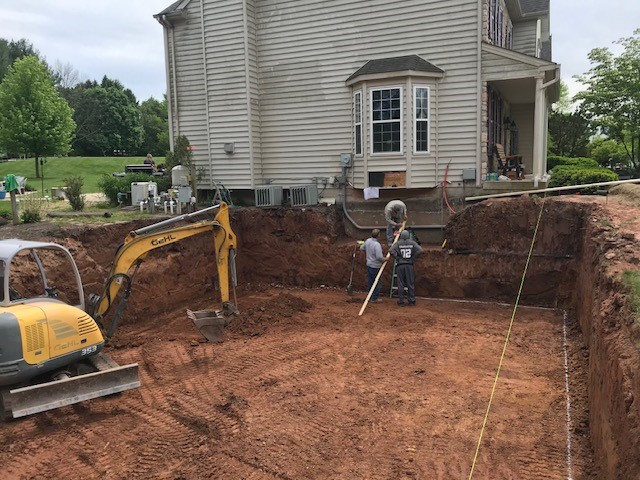Commercial Lancaster Trenching - Trenching Services for Businesses in Lancaster
Commercial Lancaster Trenching - Trenching Services for Businesses in Lancaster
Blog Article
Extensive Exploration: The Scientific Research Behind Superior Excavation Practices
The world of excavation practices is a domain where science intertwines with workmanship to uncover the enigmas hidden underneath the planet's surface area. From ancient hand tools to contemporary hydraulic excavators, the development of excavation strategies has actually been a testimony to human resourcefulness and technological developments. Nonetheless, what absolutely sets remarkable excavation techniques apart is a deep understanding of geological principles, combined with the use of cutting-edge tools and methodologies. By discovering the science behind these practices, we can uncover the tricks that exist under our feet and value the accuracy and proficiency that enter into every dig.
Advancement of Excavation Methods
Throughout history, the advancement of excavation strategies has played an important role beforehand construction techniques and historical discoveries. From the basic tools made use of by our forefathers to the innovative machinery employed in modern times, the progression of excavation methods has actually dramatically transformed how we come close to various tasks.
In old times, manual work with standard devices such as pickaxes, wheelbarrows, and shovels was the key technique of excavation. This labor-intensive procedure limited the depth and scope of excavations, usually leading to slow-moving progression and limited access to specific websites. As civilizations advanced, so did the strategies and devices utilized for excavation.
The Industrial Change noted a turning point in excavation methods with the intro of steam-powered equipment. In contemporary times, innovation plays a crucial role in excavation, with innovations like GPS systems, drones, and 3D scanning improving accuracy and efficiency in the field.
Role of Technology in Excavation

The combination of cutting-edge innovation has essentially transformed the area of excavation, enhancing accuracy and efficiency to extraordinary levels - dump truck companies in ohio. One of the essential technical developments that has actually significantly influenced excavation practices is the use of GPS systems.
Furthermore, the introduction of 3D modeling and simulation software program has structured the preparation process for excavation jobs. Engineers and operators can currently visualize the entire excavation process prior to beginning, identifying prospective obstacles and maximizing operations. Combined with this, the application of drones in excavation activities has actually promoted aerial surveys, volumetric measurements, and site examinations with unmatched speed and accuracy.
Geological Concepts in Excavation
An understanding of geological concepts is important for making certain the architectural integrity and stability of excavation sites. Geological aspects play an essential function in figuring out the usefulness and safety and security of excavation tasks (lancaster excavation). One crucial geological concept to think about is the sort of soil or rock present at the site. Different soil types, such as crushed rock, sand, or clay, have varying levels of stability and require different excavation techniques. For example, natural dirts like clay may need extra assistance to stop collapses, while sandy dirts may be prone to disintegration throughout excavation.
Additionally, the geological structure of the location, consisting of faults, fractures, and rock developments, need to be meticulously examined to determine potential threats and difficulties. Excavating excavating ohio near fault lines or unpredictable rock formations can lead to instability and possible risks. By conducting extensive geological surveys and evaluation, excavators and designers can develop strategies to mitigate dangers and make certain the successful conclusion of excavation tasks. Inevitably, incorporating geological concepts into excavation methods is crucial for accomplishing secure, effective, and lasting outcomes.

Newest Tools for Excavation
In the realm of excavation methods, modern technologies in devices have actually changed the performance and accuracy of excavation procedures. Among the most recent tools making waves in the sector is making use of drones outfitted with advanced imaging technology. These drones can offer comprehensive aerial surveys of excavation sites, offering real-time data on topography and potential hazards. This information help in better planning and decision-making during the excavation process.
Another cutting-edge device getting popularity is the execution of 3D printing innovation visit this web-site for creating custom-made excavation devices. This allows for the manufacturing of specialized tools that are customized to the particular needs of a job, increasing performance and lowering downtime.
Additionally, advancements in products science have actually resulted in the development of more powerful and much more durable excavation devices. septic ohio. Tungsten carbide-tipped excavator accessories, for instance, deal remarkable efficiency in challenging ground problems, enhancing productivity on-site
Scientific research's Effect on Excavation Practices

In addition, scientific research study on dirt mechanics and geotechnical design has actually offered useful insights into dirt actions, allowing excavation experts to make enlightened decisions pertaining to excavation techniques and dirt stablizing methods. Generally, scientific research proceeds to drive advancement and improvement in excavation practices, making excavation tasks a lot more reliable, affordable, and lasting.

Final Thought
To conclude, the advancement of excavation techniques has been greatly affected by innovations in modern technology and a here deeper understanding of geological principles. The most recent devices and devices used in excavation have actually enhanced efficiency and accuracy in the area. The application of scientific expertise has considerably boosted excavation techniques, resulting in more effective and lasting techniques for digging deep into different types of products.
In the realm of excavation practices, modern technologies in devices have actually reinvented the effectiveness and accuracy of excavation processes. By leveraging scientific concepts, the excavation sector has actually been able to considerably enhance efficiency, precision, and security in excavation processes. GPR allows excavation groups to non-invasively check and map subsurface frameworks, utilities, and potential risks, enabling them to plan excavation tasks with better accuracy and decreased risk of accidents.
In addition, clinical study on soil auto mechanics and geotechnical engineering has actually supplied useful insights right into dirt habits, enabling excavation professionals to make informed choices relating to excavation techniques and soil stablizing techniques. Overall, scientific research continues to drive innovation and enhancement in excavation practices, making excavation tasks much more reliable, economical, and sustainable.
Report this page